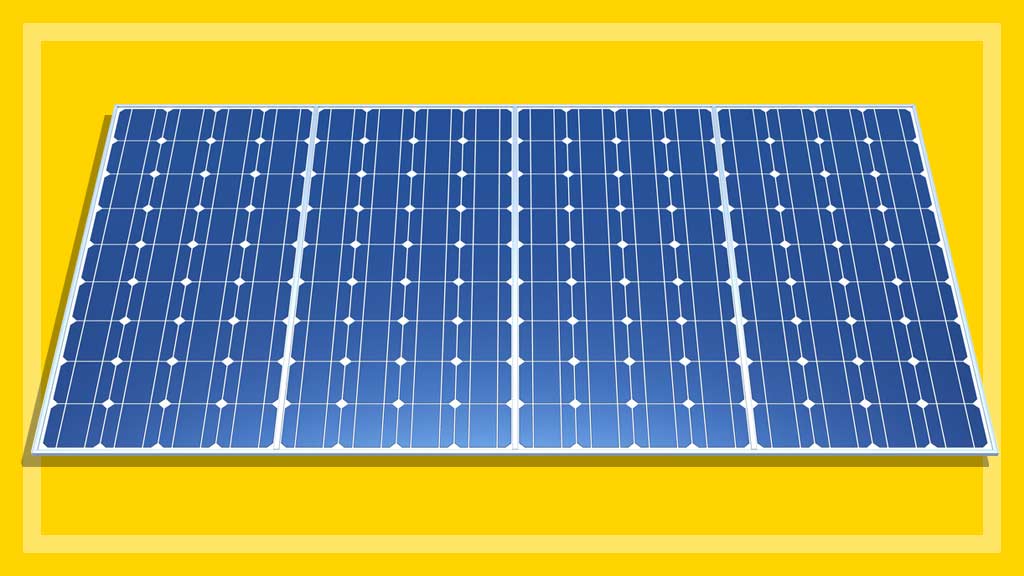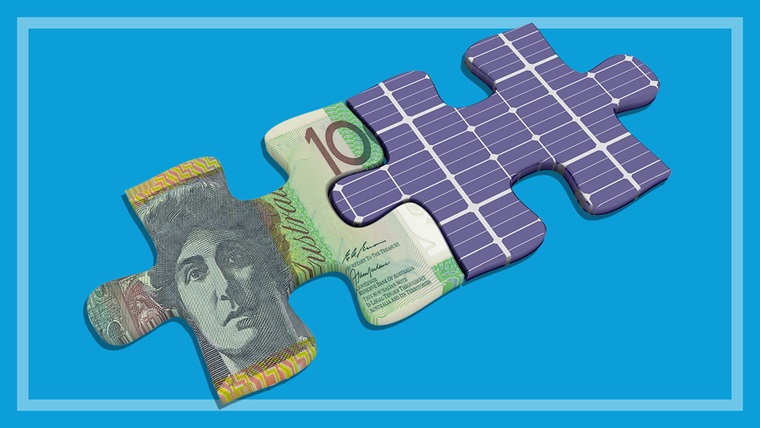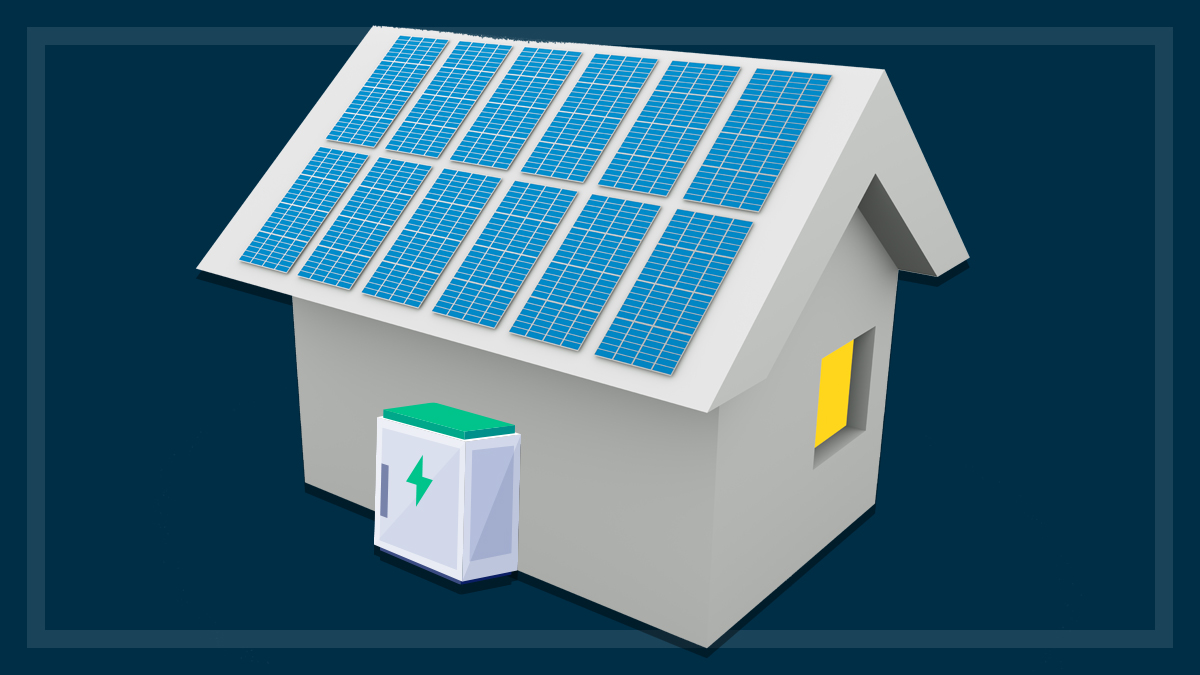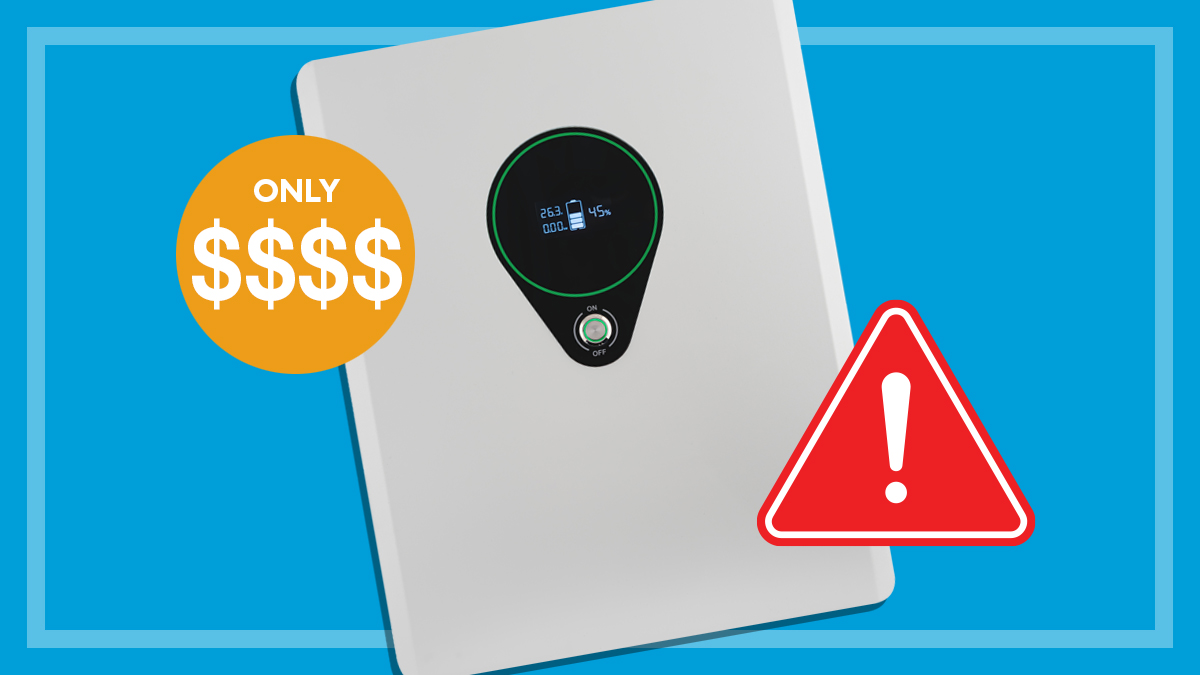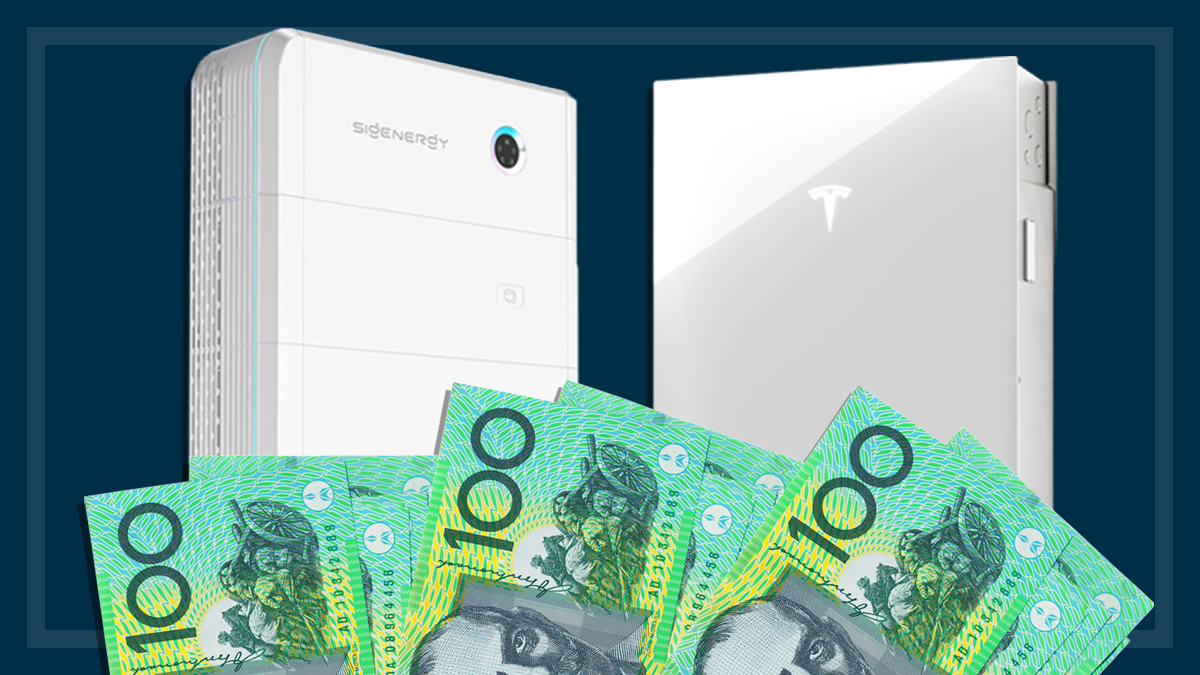Get our independent lab tests, expert reviews and honest advice.
How we test solar panels
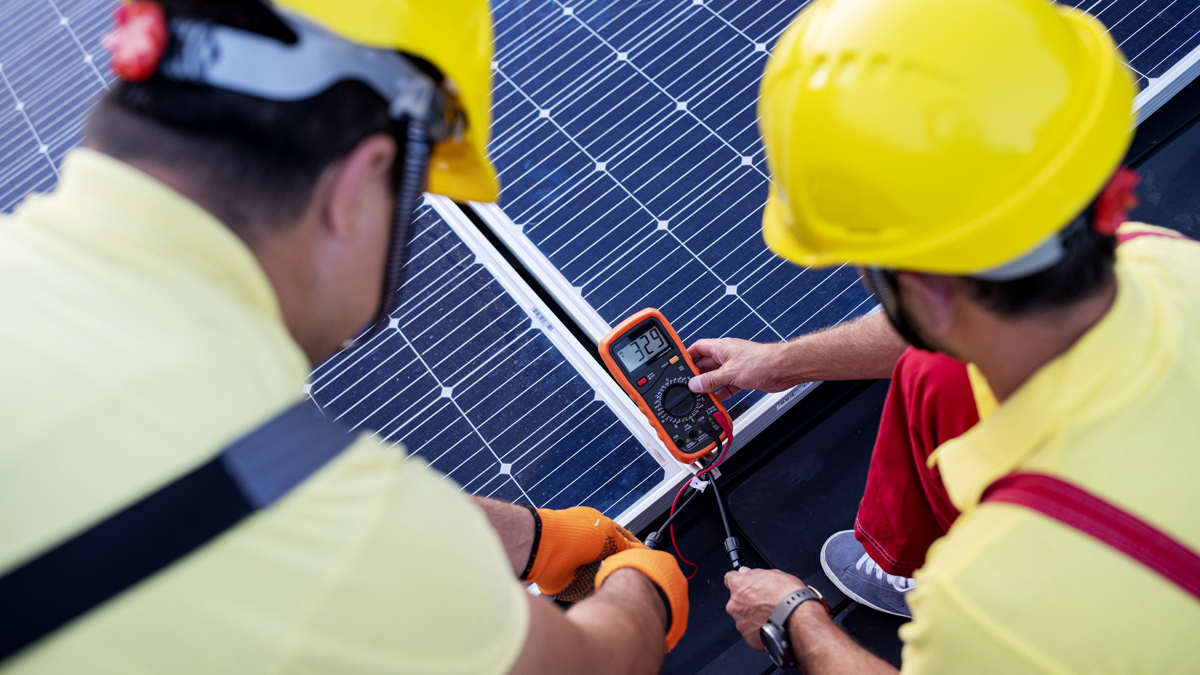
We’ve partnered with PV Lab, a world-class photovoltaics test laboratory in Canberra, to put solar panels from leading brands on test. This includes lab testing the panels for their power output under standard lab conditions, and rigorous stress tests to see how likely they are to survive years on a rooftop in heat and rain.
On this page:
Our expert testers
CHOICE maintains a highly professional NATA-accredited laboratory and the vast majority of our product testing is done in-house. However, some tests, including solar panels, demand particular expertise and equipment that we don’t have, so in these cases we engage an accredited external lab to do the testing according to our requirements.
We’ve previously engaged with CSIRO for solar panel testing, but due to a change in direction of their business services, those projects unfortunately had to end in 2019.
Since 2022, we’ve engaged with PV Lab in Canberra. PV Lab has a high level of expertise in testing photovoltaic (PV) panels to industry standards, and is widely used by manufacturers, installers, solar project developers and government authorities.
How we choose what we test
With so many to choose from, what makes us choose one solar panel to test over another? There are many solar panel brands on the market, and each brand typically has dozens of different panels on offer.
So we can’t cover them all, but as with most of our product testing, our aim is to test the popular brands and panels that are commonly offered by solar installers.
Our usual process is to contact manufacturers and suppliers to find out about their range of products, and where possible we check market sales information to make sure we test models that are typical of what consumers are actually getting. From this information we put together a final list for buying. Usually CHOICE then buys the products through retail channels.
However, for solar panel projects, PV Lab manages the procuring on our behalf. This streamlines the process and minimises the shipping and handling of the panels. We pay for the tested samples when possible, but sometimes the samples are loaned by suppliers.
Solar panels aren’t typically bought a few at a time, and indeed aren’t usually bought directly by consumers at all, but instead are bought as part of a package from a solar installer. So our usual purchasing methods aren’t appropriate for this type of project.
How we test solar panels
In previous solar panels tests that we did with the CSIRO, the testing included lab tests and outdoor testing. For our projects with PV Lab, all the testing is lab-based, but the lab tests include stress tests designed to see if the panels are likely to survive heat and moisture from long-term exposure to the elements.
Visual inspection looks for any obvious faults (such as damage to the panel or the electrical connections, which can happen in the factory or in transit). A few small imperfections are often found, but these don’t usually affect those panels’ power output and performance.
Electroluminescence tests take the inspection to a more advanced level, and use infrared photography to identify any microcracks and other flaws in the panel that are invisible to the naked eye. These flaws are assessed as critical or non-critical, depending on how many there are and the nature of the flaw. A few non-critical flaws aren’t usually a problem, but the panel fails this test if too many such flaws are found.
Power output under standard test conditions (STC) is a key test. This determines the power output of the panel under standard test conditions (25°C, sea level air mass and irradiance of 1000W/m2). It’s important that a panel really does produce at least its minimum claimed power output in this test; after all, if you’ve paid for 370W panels, you don’t want their actual performance to be like cheaper 350W panels.
A small amount of manufacturing tolerance is allowed. Our solar panels review shows each panel’s claimed power tolerance – this is the potential difference between the claimed power rating and the measured performance under STC. You’ll see that these are usually positive tolerances (e.g. 0 to +5W).
The lab tests include stress tests designed to see if the panels are likely to survive heat and moisture from long-term exposure to the elements
This means the manufacturer is claiming the panel’s rated power output should be the bare minimum it will deliver (under STC), and that some samples will actually deliver a little more.
We test three samples of each panel, and average the results for their performance for power output. This helps detect any variations between samples (which are usually minimal, but we do see differences in some cases).
Note that solar panels in the real world (i.e. on your roof) usually deliver a lower power yield than the nominal power rating on the label or what is measured in the lab. In the lab, the test is under stable, standardised conditions, but on your roof the panels are subject to higher temperatures, variable cloud cover and changing sun angles across the day and across seasons.
Wet leakage testing involves submerging the panel in water and measuring electrical resistance across the panel. This tests how well the panel will resist moisture penetration from rain, dew, fog and other wet weather.
Stress test: Potential Induced Degradation (PID)
After the initial lab tests above, the panels are subjected to a stress test, known as potential induced degradation or PID testing. This test puts the panels in high heat and humidity, and under a high voltage load, for four days. Afterwards, all the above tests are performed again to see if the panels are still up to specifications.
Failure of this test indicates a poorer level of manufacturing quality, and makes it doubtful that the panel would still be performing to specifications (or at all) after several years of exposure to heat and rain on your roof.
PID testing is comparatively expensive, and our first test with PV Lab had only one sample fail PID out of the 15 tested panels. So we won’t usually be including it in our tests from now on.
Test criteria explained
Visual inspection, electroluminescence and wet leakage scores
These scores are based simply on how many of the three samples of each panel passed these tests. If all three samples pass, the score is 100; two samples passing = 67%; one sample passing = 33%; and no panels passing = 0%.
These scores contribute 5% each to the CHOICE Expert Rating, our overall score that determines which products we recommend.
PID results
We note the PID results simply as a pass or fail, or “Not tested”, and don’t factor them into the score. Failure of this test should be rare and it mainly just helps to confirm potential quality issues with panels that underperform in the other tests.
Power output score
This is based on how closely the measured power out for each panel (averaged across the three tested samples for each panel) comes to its claimed power output.
The best performer (which outperforms its rated power claim) is set as a 100% score. The worst performer in the test was considered to be delivering a poor performance as it was so far below its claimed output, so it was scored as 45%. The rest were scored on a mathematical scale between those two points.
So a score of, say, 80% does not mean that the panel only delivered 80% of its claimed output; rather, it’s a score out of 100 indicating how the panel compares to other models in this respect.
On our scoring scale 80% would mean it delivered pretty much exactly what it claimed, but some other models might score 90% or 100% because they delivered over and above their claims. A score of 70% indicates it came close to its claim, but fell a few watts short, while a score of 45% indicates it was well below its claim.
Our test lab
Solar panel testing requires a very specific laboratory. While CHOICE does have high quality NATA-accredited laboratories, we don’t have the necessary equipment or skills to test solar panels to the Australian standard. So instead, for this test, we’ve partnered with PV Lab as explained above.

